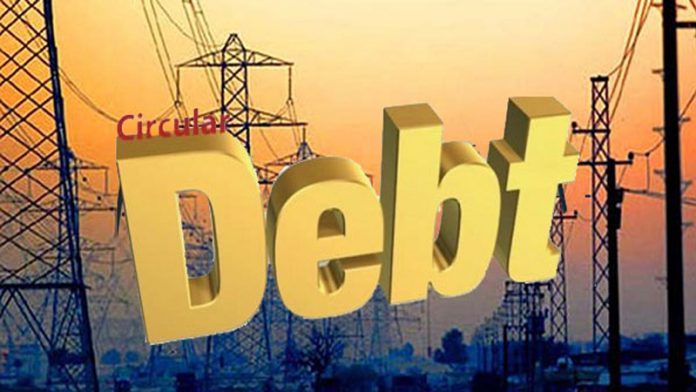To address Pakistan’s pressing power sector circular debt, the Ministry of Energy has unveiled a comprehensive plan that incorporates budget subsidies, policy revisions, and agreements aimed at reducing the staggering debt of Rs 2.3 trillion.
The draft plan has been shared with a committee of the Special Investment Facilitation Council (SIFC) and further refinement is expected in consultation with the Ministry of Finance. However, there are concerns raised by the interim Finance Minister Dr Shamshad Akhtar regarding the potential fiscalization of power-sector losses through budget subsidies. She emphasized the need for alternative solutions.
Pakistan’s energy sector has long grappled with issues like mounting losses, low recoveries, unbudgeted subsidies, and problematic agreements. The circular debt, as of June this year, stands at Rs2.31 trillion, including a substantial portion of commercial banks’ debt.
The Ministry of Finance has allocated Rs976 billion in subsidies for the current fiscal year to maintain the circular debt at its current level, aligning with an agreement with the International Monetary Fund (IMF).
The SIFC is actively involved in reviewing the plan, directing the energy ministry to consider IMF conditions. The final plan will be subject to endorsement from the finance ministry.
One notable aspect of the plan involves the inclusion of commercial banks’ debt in the public debt. The government had earlier decided to incorporate a portion of this debt into the public debt for retirement upon maturity. The energy ministry also seeks fiscal space over a three-year period for interest payments to independent power producers (IPPs).
The Power Division projects an increase in circular debt due to interest payments and losses attributed to theft and inefficiencies. While progress has been made in reducing theft through anti-theft measures, electricity prices remain a concern for many Pakistanis.
The energy ministry has proposed a strategy for settling circular debt through revised agreements with K-Electric and reconciling dues with provincial governments. A multi-pronged approach is in place to maintain the circular debt at its current level, mainly through budget subsidies.





Good plan to facilitiate our nation by Govt to devise plan to reduce Rs2.3tr circular debt. V good decision.